I had the opportunity to be invited to view some new Green technology initiatives in Singapore. The concept is to use a localised Micro Auto Gasification System (MAGS) by Singapore Power at Gardens By the Bay. It addresses the growing trash problem in Singapore. Let’s check out the system in the flesh.
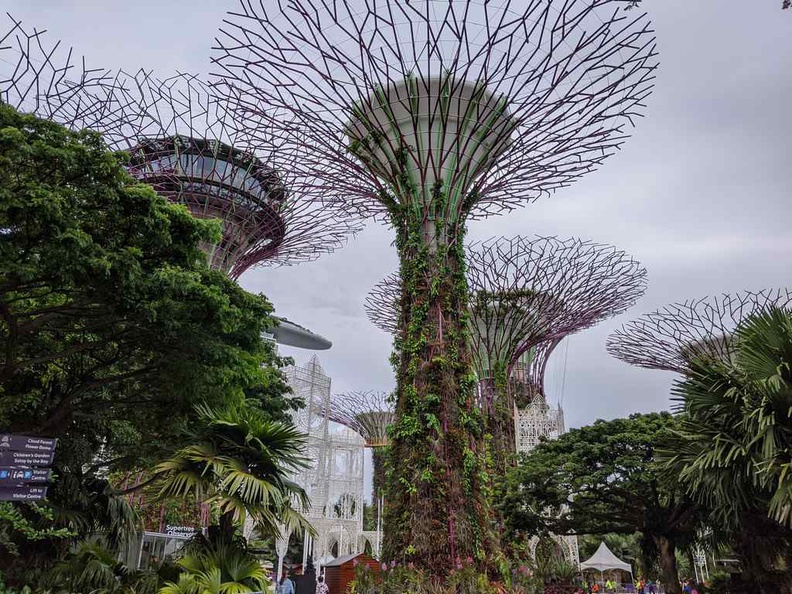
A solution to Singapore trash issues
In a nutshell, Micro Gasification is one of the green solutions to reduce Singapore’s garbage output and address landfill space limitations. Today, all rubbish thrown out of Singapore homes are collected, sorted, incinerated and landfill dumped. However, the rate is currently unsustainable.
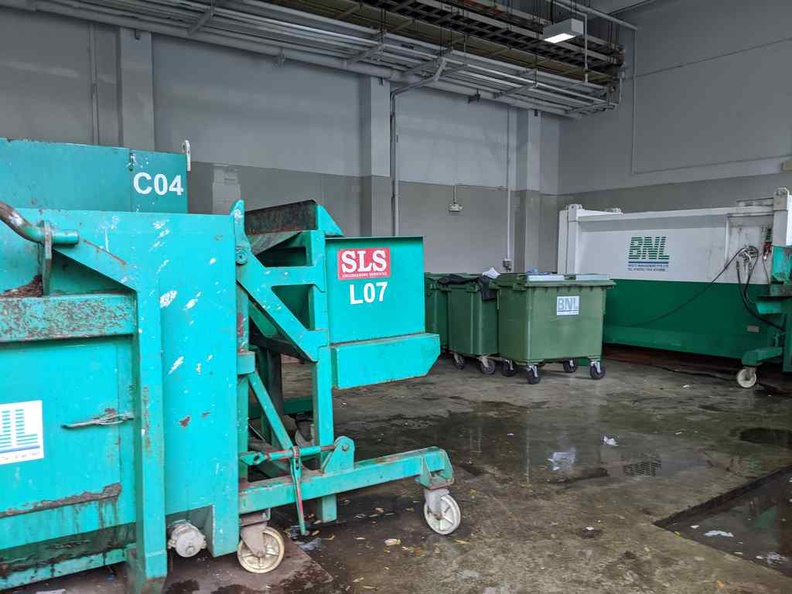
Moreover, Singapore current disposes all incinerable waste at the off-shore Semakau Landfill down in Southern Singapore. 1400 tons of incineration ash goes to 350 hectare landfill each day. Also, if we were to keep our current disposal rates, Semakau landfill is projected to be full within 16 years. There is no other viable alternative landfill as of date.
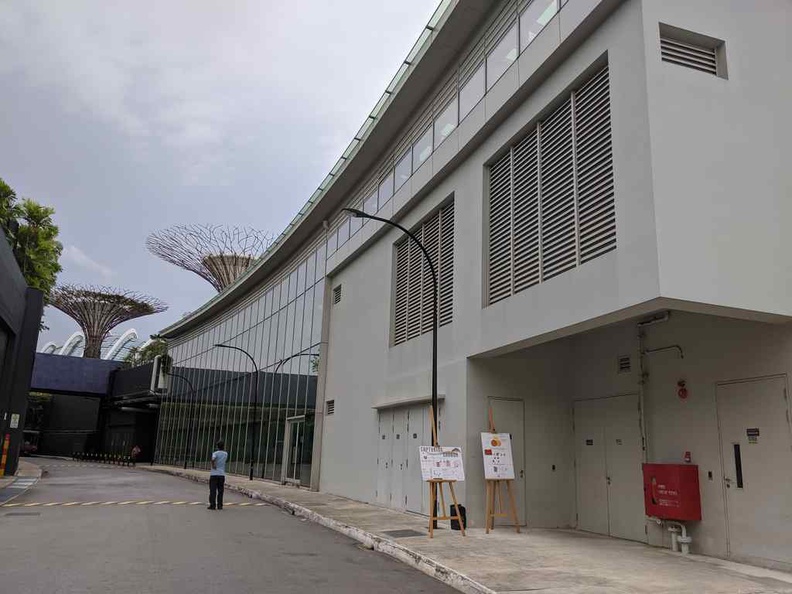
Hence, come the Waste-To-Energy (WTE) proof-of-concept plant solution to address this waste problem. It reduces up to 90% waste volume and concurrently recovers otherwise wasted useful heat energy.
What is Gasification?
Moreover, gasification is combustion process using syngas. It has a higher thermodynamic efficiency, with carbon monoxide and steam as by-products. This is unlike conventional combustion of trash, which gives out carbon dioxide. This is due to combustion of the trash in non-atmospheric conditions. It is tad like burning your waste in a pressure cooker.
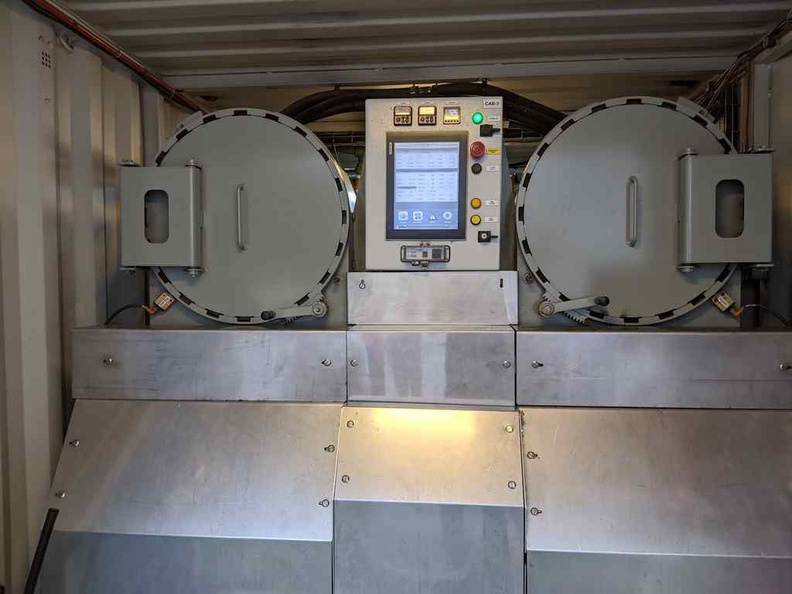
Moreover, what makes the gasification process an amazing one it that it can break down quickly any carbon-based products. This includes traditionally nasty hydro-carbon products such as plastic and styrofoam, as well as food waste.
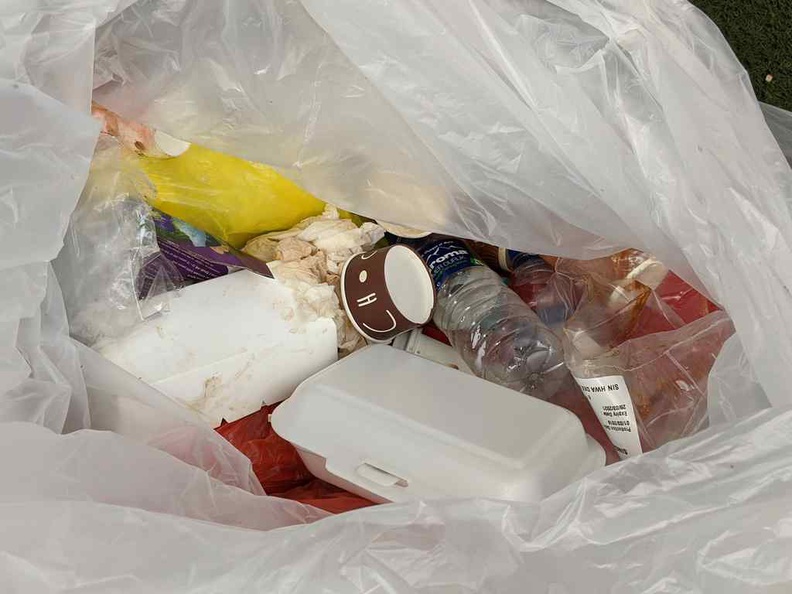
Interestingly, as plastic bags are also hydrocarbon based, you can simply pop your trash bag full of mixed garbage into the chamber. Everything can be broken down.
Carbon Capture with trash reduction
Also, the by-product of the process is black carbon-like solid almost like charcoal. This non-toxic char can be buried or potentially reused as building materials. Examples includes concrete fillers for housing, to even paved roads. Moreover, the creation of by-product carbon-based solid char means that a side-effect of the gasification process serves also as a means of carbon capture. Waste reduction and carbon capture? It is like killing two birds with one stone.
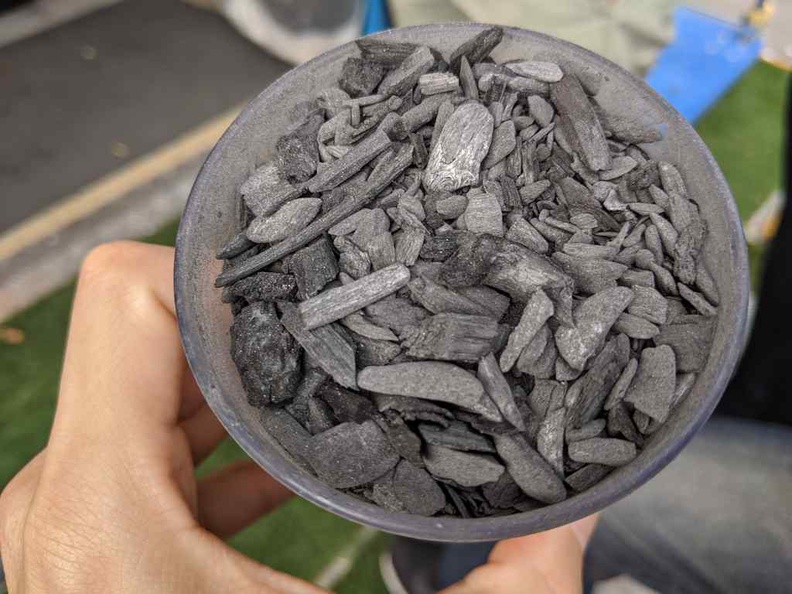
However, the catch about the system’s “energy neutrality” depends on the waste you are processing. Best efficiency of a self-sustaining gasification process only occurs if your carbon waste products are dry. Dry waste is the most ideal, as wet products (such as food waste) requires more starting energy (heater from a gas main) to kick-start the gasification process.
Commendably, in ideal conditions with dry waste, the process is self-sustaining. Secondary by-products includes heat used to recirculate to keep the process going. Here, a small 2kg of waste takes about 15 minutes on average to completely gasify.
So far this prototype system has gasificated about 1 ton of waste per month, with most waste being general waste and horticulture waste. Saving about 1.2 tons of CO2, producing about 350kg of bio char from about 4.2 tons of waste.
Localised trash reduction
Also, the amazing thing about this gasification system is its small footprint. The entire system is very compact and fits inside a standard ISO 20 feet shipping container.
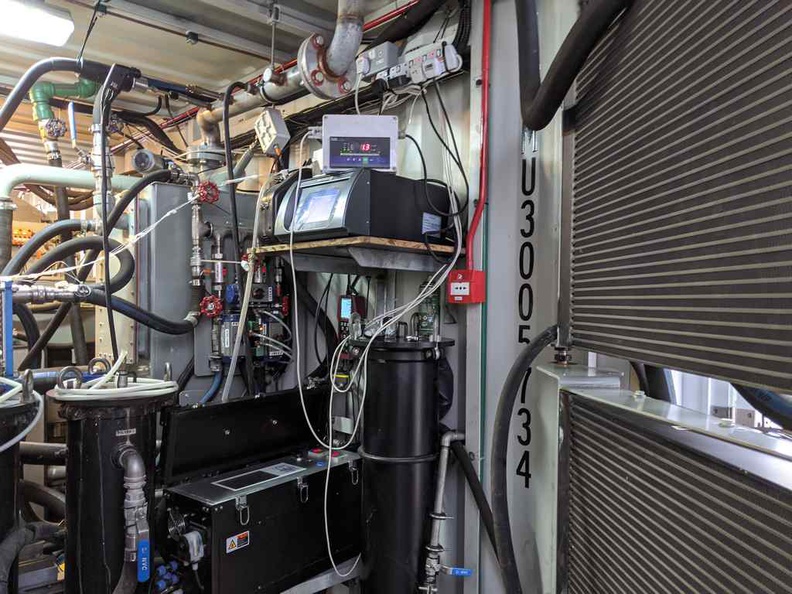
Interestingly, gasification concept is not new. It had been around a number of years. However, applications largely reside in off-shore marine environments and ships. Here garbage have to be processed locally as it cannot be dumped into the sea. Hence, localized trash reduction is essential. This is an adaption of gasification technology for land-based trash reduction here.
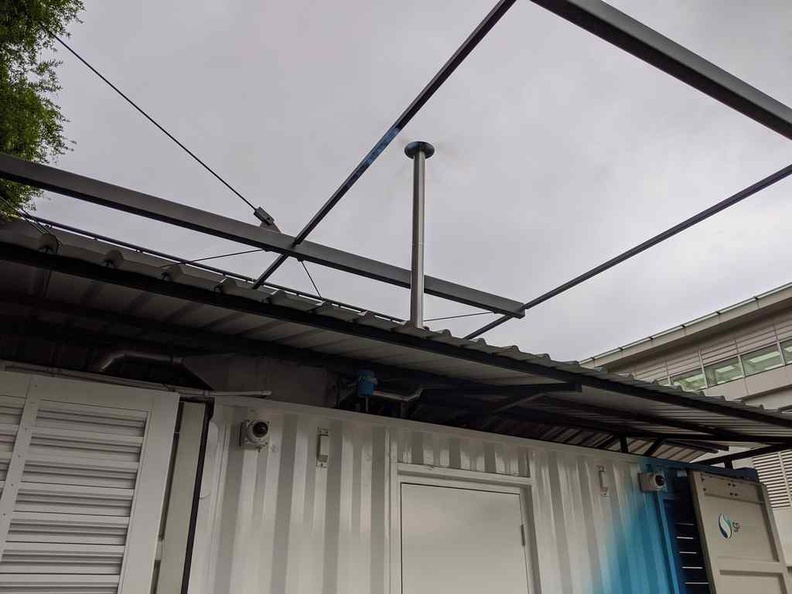
Notably, the only by-products of the gasification process is steam and some waste heat. Moreover, here in the Gardens by the Bay, the excess heat generated in the process is currently being extracted through a closed external heat exchange used to heat up water used in F&B outlets. Local electricity generation form waste heat could also be another avenue the project is exploring.

Moreover, from current track record and measured emissions, the gasification process is rather safe. Commendably, the process produces emissions far below World Health recommended minimum parts per million of pollutants. Also, the trial of such a system right at the heart of the Gardens by the Bay by the Singapore Business district is a proof-of-concept of such a system in urban built-up areas.
Coming to an estate near you?
If the small trial is successful, we could see such localized gasification implemented island-wide. Useful applications can possibly be at off-shore areas where rubbish collection and storage prove to be more of a challenge without nearby incineration facilities.
Also, there are application possibilities for scaling localized trash reduction centres in housing neighbourhoods. There is potential for a 10-fold garbage footprint reduction in housing estate, eliminating need for daily refuse collection.
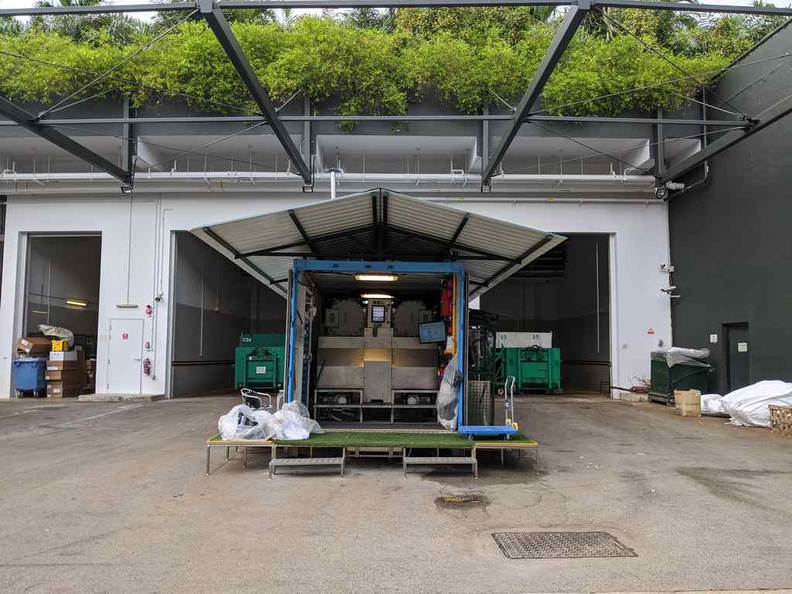
Also, the method of trash reduction is however not out of the books. There are plans for future optimisations in subsequent project phrases to push the best of the system further.
In conclusion, it is pleasant to see such green initiatives here in Singapore. This is especially in this age where exploding waste issues worldwide are clogging rivers, seas and destroying ecosystems and endangering wildlife. This is on top of human-induced global warming. It is definitely a green step in the right direction.
